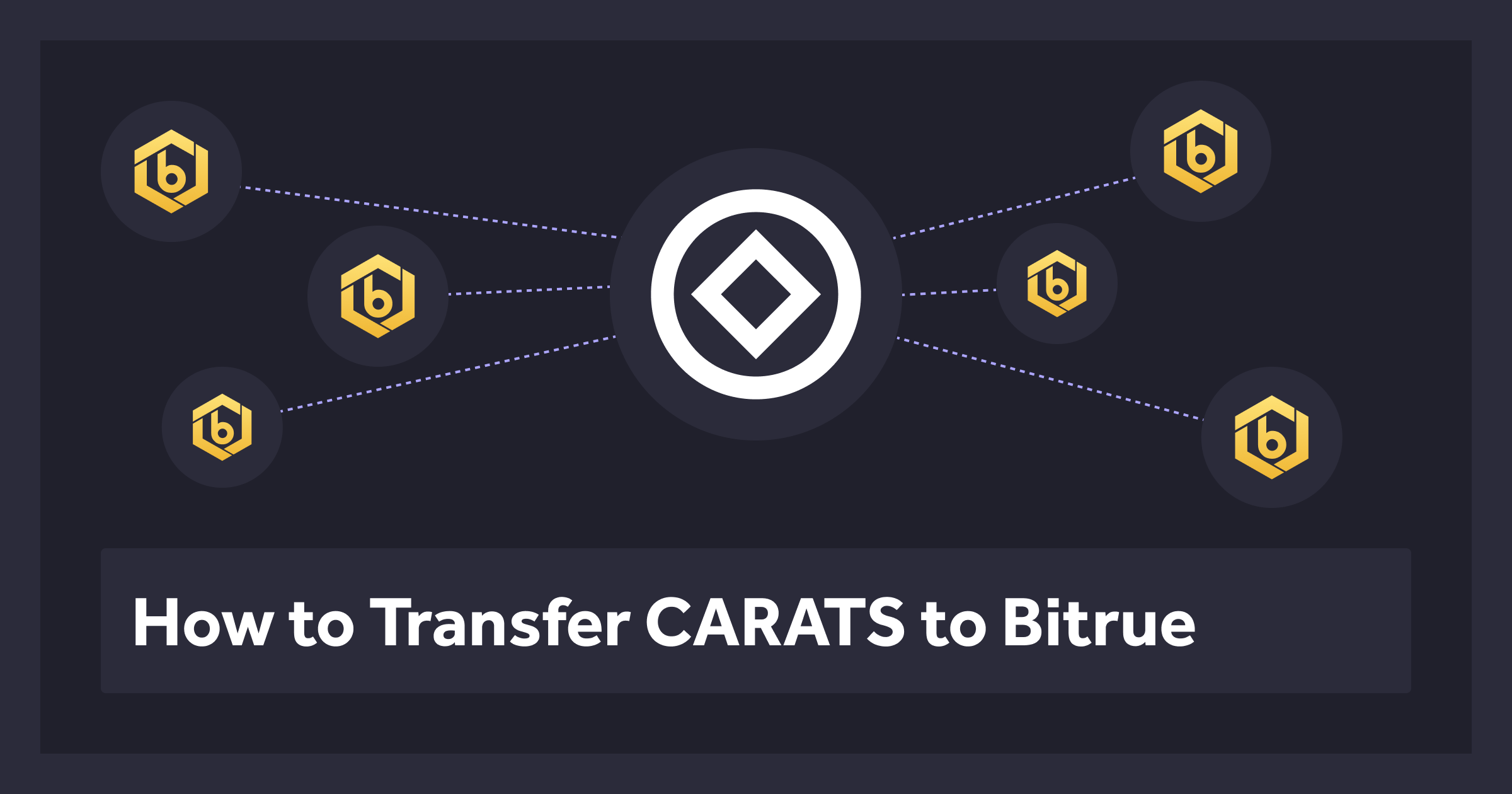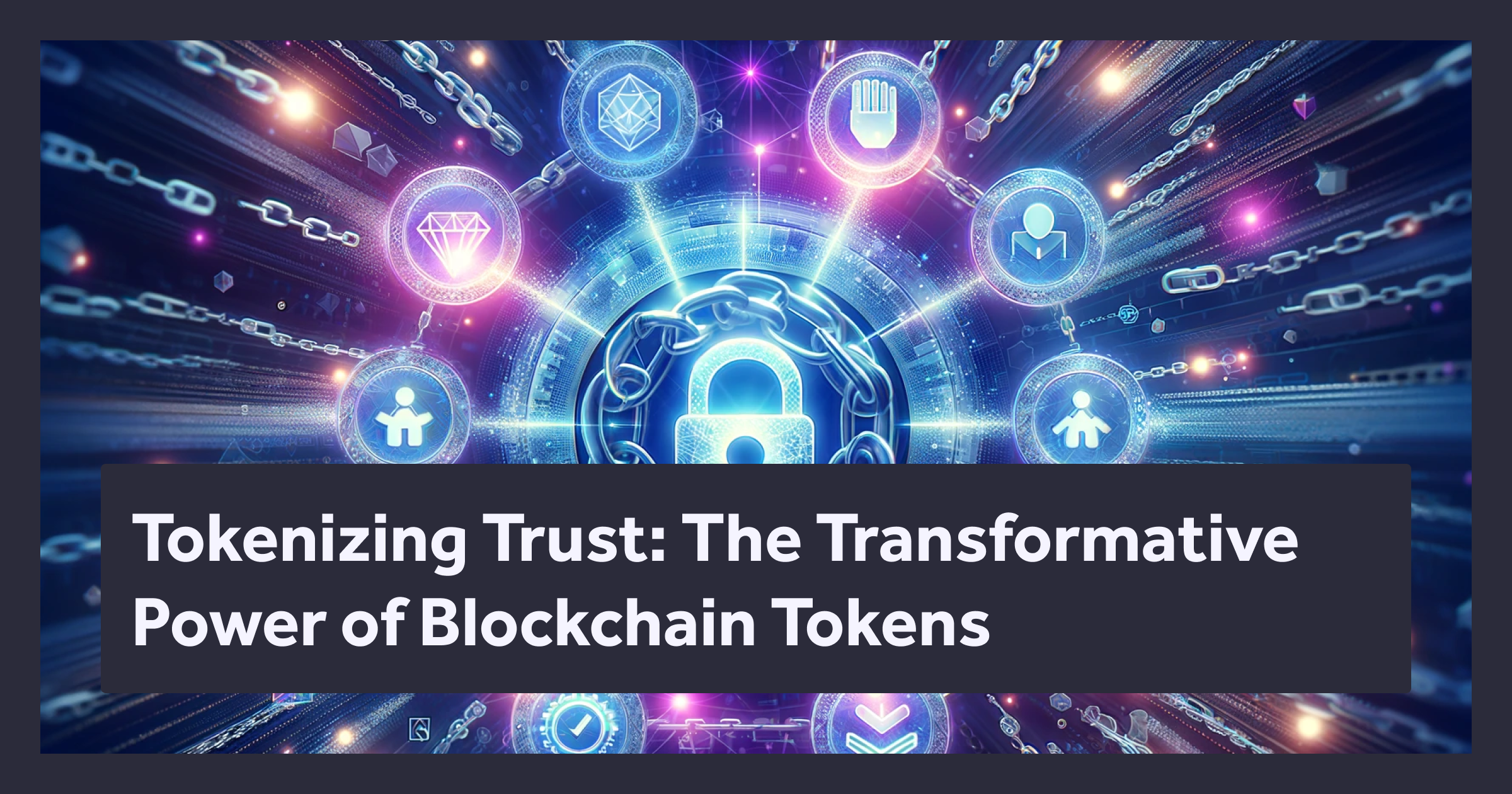The rise of blockchain tokens marks a major shift in the digital age, transforming how we handle financial transactions and manage assets. More than just digital currencies, these tokens represent assets, rights, and utilities in the digital space. This article explores the diverse roles of blockchain tokens and their impact on the financial industry.

A Tale of Transformation: How Blockchain Tokens Emerged:
Imagine Sarah, an art enthusiast, who, five years ago, could only dream of owning a piece by her favorite artist due to the astronomical costs. Today, thanks to blockchain tokens, she holds a fraction of a digitalized masterpiece, enjoying the pride of ownership and the prospect of investment appreciation. This is the power of blockchain tokenization — a power that has democratized access to previously inaccessible assets, benefiting from the highest level of security for ownership trail and authenticity.
Demystifying Blockchain:
At its core, blockchain is a distributed, immutable ledger that securely records transactions across a network of computers. This ingenious system ensures that once an entry is made, it cannot be altered retroactively without changing all subsequent blocks, making it secure and tamper-proof. Its decentralized nature fosters transparency and trust, as there is no single point of failure or control.
Tokenization: The Art of Digital Representation:
Blockchain tokens can be likened to digital chameleons, taking on the properties of assets they represent, be it art, real estate, or commodities. The process of tokenization involves converting the rights to an asset into a digital token, effectively enabling these assets to move fluidly across the blockchain network.

Real Examples of Blockchain Tokens in Action:
- Cryptocurrencies: The most recognized form of blockchain tokens, cryptocurrencies like Bitcoin and Ethereum, are revolutionizing how we think about money.
- Utility Tokens: These tokens provide access to a product or service. A prime example is Filecoin, which users purchase to access decentralized file storage.
- Security Tokens: Representing investment in a real-world asset, security tokens like RealT offer fractional ownership in real estate properties.
- Non-Fungible Tokens (NFTs): Unique digital tokens representing ownership of a specific item or piece of content, such as digital art on platforms like SuperRare or NBA Top Shot.
- For a deeper understanding of cryptocurrencies, explore their origins and how they work.
- Learn about Filecoin and the burgeoning field of decentralized storage solutions.
- Discover how RealT is shaping the future of real estate investments.
- Dive into the world of NFTs and digital collectibles.
The Five Pillars of Blockchain Token Benefits:
1. Unprecedented Transparency:
Blockchain tokens offer an unmatched level of transparency. Every transaction and ownership change is recorded on a public ledger, accessible to anyone. This ensures that all parties can verify and trace token transactions without the need for a central authority.
2. Fortified Security:
Tokens on the blockchain are protected by advanced cryptography. This security feature significantly reduces the risk of fraud and unauthorized manipulation, which is especially vital when representing high-value assets like diamonds or property.
3. Streamlined Transactions:
By eliminating intermediaries, blockchain tokens reduce transaction costs and complexity. This streamlined approach to asset transfer is not just cost-effective but also accelerates transaction speed, benefiting both buyers and sellers.
4. Worldwide Reach:
Blockchain tokens transcend geographical boundaries, offering global market access. They enable seamless cross-border transactions, expanding the potential investor base for assets like diamond commodities or precious metals.
5. Fractional Ownership:
Tokenization has broken down traditional barriers to investment by allowing for the division of assets into smaller, more affordable shares. This has opened the door for average investors to participate in markets previously dominated by the wealthy or institutional investors.

Case Study: A Deep Dive into Blockchain Token Efficiency:
Consider the story of a diamond mine that adopted blockchain tokens to represent shares of its yield. By doing so, it attracted a wider pool of investors and streamlined its operations, offering real-time transparency and drastically reducing administrative overhead.

Looking Beyond the Horizon: The Future of Blockchain Tokens:
The potential of blockchain tokens is vast and continues to unfold. From enhancing supply chain logistics to reinventing traditional financial products, the scope of their application is only expanding. With the ongoing evolution of smart contracts and the proliferation of tokenization, the future promises an even more interconnected and efficient financial ecosystem.
- Examine the impact of blockchain on supply chains.
- Understand the revolutionary role of smart contracts in automating and enforcing contracts.
Conclusion:
Blockchain tokens are not a transient phenomenon but a fundamental shift in the valuation and exchange of assets. They stand to streamline investment processes, bolster transparency, and democratize access to various asset classes. As the blockchain token landscape continues to mature, we stand on the brink of a seismic shift in investment paradigms. Adopting blockchain tokens means not just keeping pace with the digital age but propelling oneself to the forefront of financial innovation.





